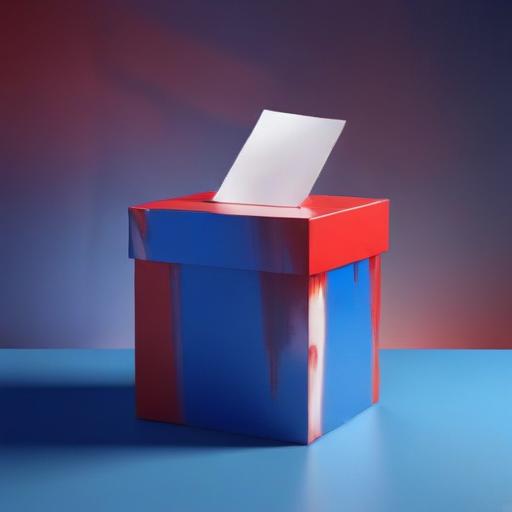Former Vice President Kamala Harris has officially ruled out a campaign for California governor in the upcoming election, but has left the possibility of a bid for the presidency in 2028 open. As the political landscape evolves, the race for the White House is heating up, attracting a mix of ambitious Democrats including a diverse array of governors, senators, and emerging political figures.
Currently, the Democratic field is crowded but lacks a unified political philosophy or clear strategy for success. This dynamic mirrors the challenges faced by the party as it navigates its identity moving forward. By contrast, the Republican Party has a more defined image, prominently associated with Donald Trump. The Democratic Party, facing internal discord, is still in a “wilderness” phase, lacking a clear frontrunner or consensus on key issues.
Signs of looming conflicts were evident during recent Senate debates, where tensions surfaced between Democrats over strategies relating to key policy positions. For instance, New Jersey Senator Cory Booker criticized his colleagues for being too accommodating, urging them to take a stronger stand against Trump’s policies. Conversely, Minnesota Senator Amy Klobuchar called for more collaboration and engagement during committee discussions.
In determining potential presidential candidates, political observance often reveals more than public statements. Candidates are likely to engage in activities that hint at their aspirations, such as campaigning for fellow Democrats or initiating outreach efforts in early primary states. Additionally, Harris has been busy with her memoir, “107 Days,” detailing her experiences during the last presidential campaign.
Historically, potential candidates who have lost previous races, like Harris, face challenges in gaining traction among party members. This is illustrated by past Democratic nominees, such as Adlai Stevenson, who struggled to regain support after losing elections. In contrast, Republicans have shown more flexibility towards candidates like Donald Trump and Richard Nixon, who have successfully returned to the political stage after defeat.
Looking ahead to the 2028 election cycle, many names are emerging as potential contenders, including Kamala Harris, Secretary of Transportation Pete Buttigieg, California Governor Gavin Newsom, and several others. However, the Democratic Party is currently grappling with low approval ratings, with only 33% of Americans viewing the party favorably — a statistic that underscores the uphill battle facing any candidate from the party.
While challenges abound, the opening of the presidential race offers hope for reinvigoration within the Democratic Party. It presents an opportunity for emerging leaders to redefine and reshape the party’s future agenda and connect with voters in meaningful ways. The outcome of this dynamic will play a pivotal role in the political landscape for years to come.
